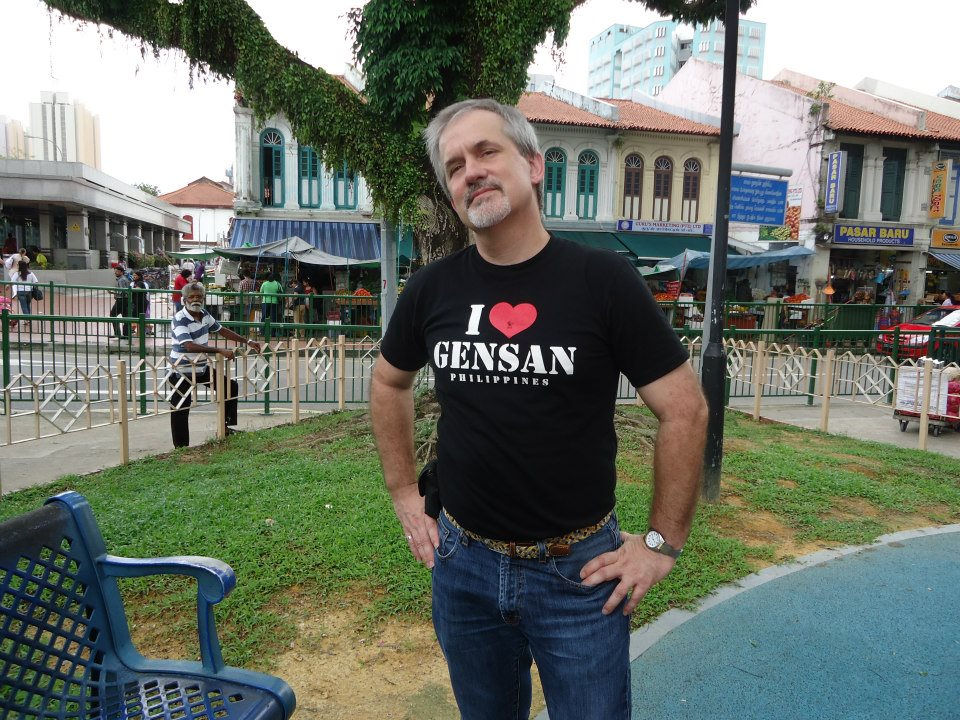Little India
- Matthew P G

- Jan 25, 2022
- 3 min read
Updated: Mar 17, 2023

Little India. December 2012
The "real" old Singapore
Singapore was built by the British. In the region, the "original" city was to the north in Johor, Malaysia (not that far away and not really that much older). As they did in India and other colonies, Britain created life in their own image overseas and Singapore was literally a clean slate to work from. When one thinks of Singapore at its peak during the days of the British Raj, it was a place of sampans and narrow streets with rickshaws. The "downtown" areas would have held specific kinds of structures called shophouses that provided a covered a sidewalk known as the "five-foot-way", perfect for shopping in a place with copious amounts of rain. After independence and modernization a lot of this colonial architecture fell into ruin and was in danger of demolition. Little India, specifically the area around the start of Serangoon Road, escaped the wrecking ball, but also mostly retained the original colonial flavor.
Another famous area of these "shophouses" with the five-foot-way was Chinatown. This part of Singapore was "renovated" for tourism and is truly stunning - yet somehow seems too antiseptic. The preservation is appreciated, but even Singaporeans will sigh and say, "Chinatown was just too cleaned up". This is similar to Hoboken, New Jersey which holds rows of houses that were built for poor immigrants. All of Hoboken has been gentrified and these homes hold values that would have stunned their original inhabitants. Hoboken is now beautiful, but it looks nothing like it used to. How does one "restore" something that was never meant to be very swish in the first place? Chinatown was never "beautiful" in Singapore -- but it is now.
Little India escaped gentrification. It is still a bit dirty and the shophouses have kept their original businesses in many cases. With real estate values the way they are in the Lion City, I cannot see how the area will escape "beautification" as Singapore sanitizes the entire island. Perhaps it will avoid this fate because of serving one main purpose - it serves as the cultural/entertainment center for all the South Asian laborers who have built and continue to build modern Singapore.
To experience Little India (known as "Tekka" to the foreign workers for the main market in the area) [see: Rex Food Stall], it must be seen on a Sunday. Sunday is foreign labor's day off and they THRONG the place. On this day only, Little India feels indeed like India (minus the women). It is a sea of young South Asian men eating out, shopping, and just walking around trying to feel "normal" after working hard and being cramped up in worker's dorms all week. At times, Sundays can feel overwhelming there, but for any visitor to Singapore, a Sunday afternoon visit to Little India will be an extraordinary experience.
Personally, some of the best times I had in Singapore were meeting a lot of these young guys and hearing their life stories. I met MP from Tamil Nadu who became a dear friend whom I visited in India a few years later. I met GNW from Sri Lanka who became our house cleaner and also good friend. These guys and more shared their life stories with me and made me appreciate how absolutely different their lives were from what I knew as a "paradigm" for living. I also discovered Tamil Nadu and Kerala, the "other" India through them. It was there I learned about Bangladesh, too. The experience moved me a lot.
So Little India will always hold a place in my heart in Singapore. Long may it stay crowded on Sundays and just a little bit dirty!

Comments